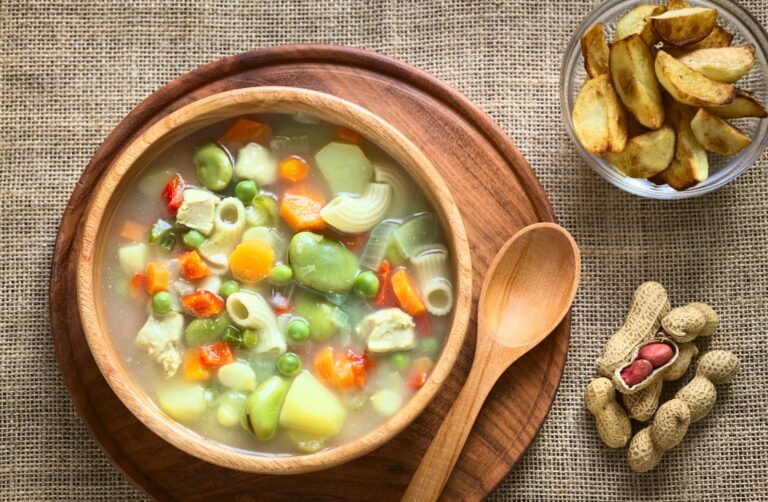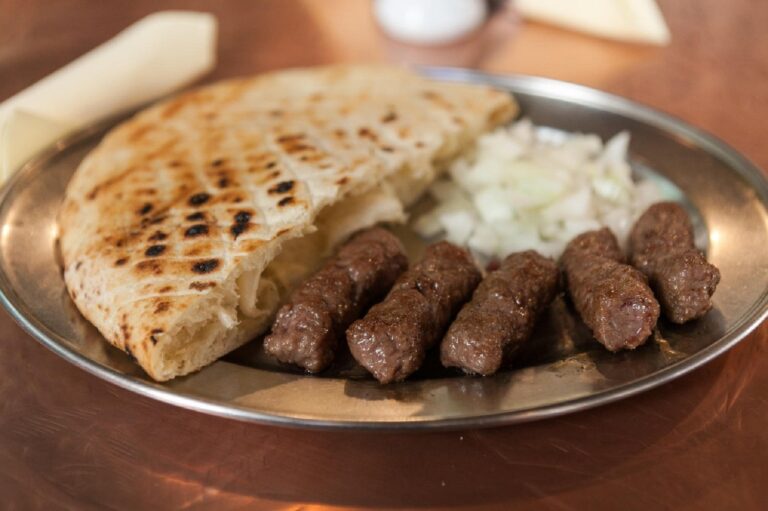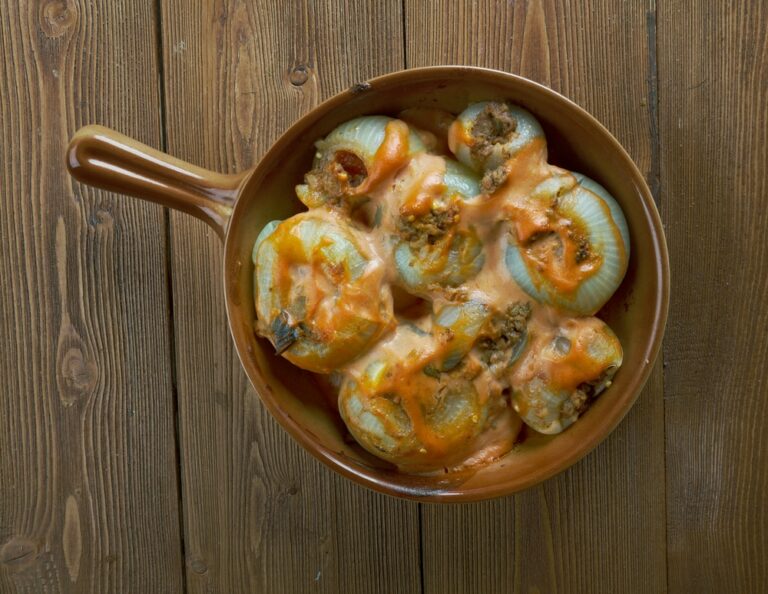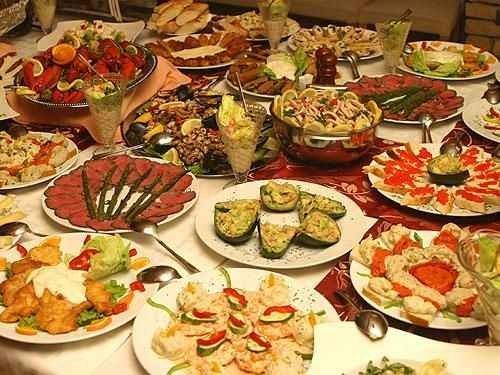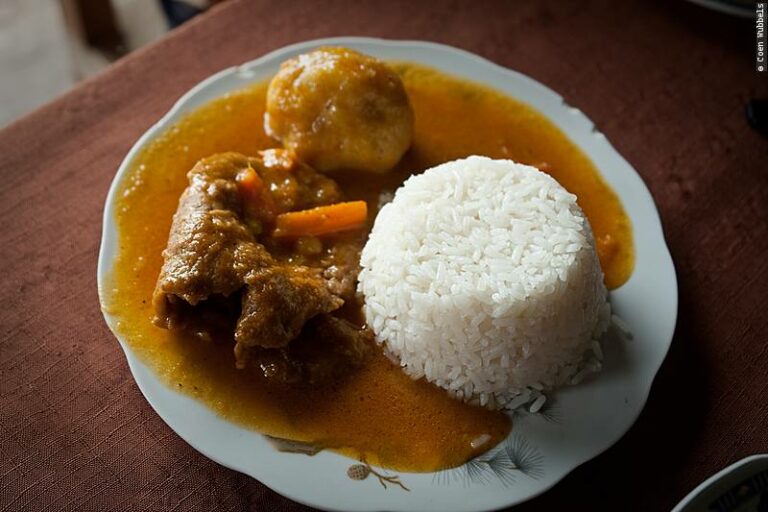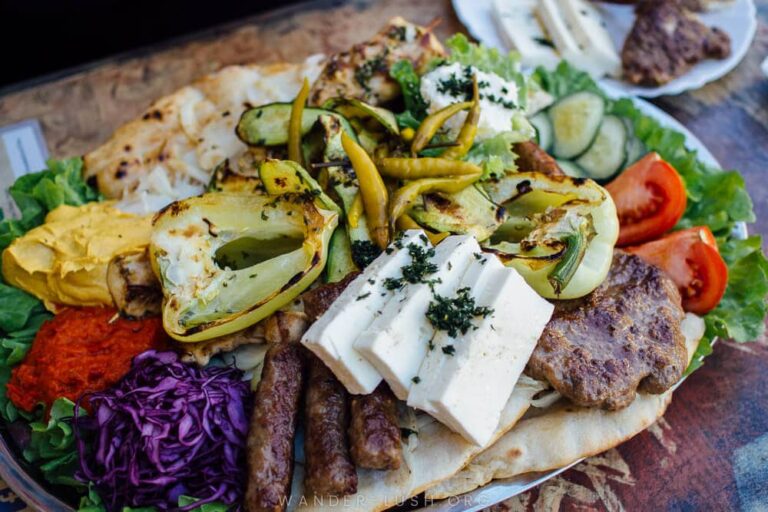Introduction: Discover Bolivia’s Popular Street Foods
Bolivia is a country in South America known for its rich culture, history, and diverse cuisine. Street food is an integral part of Bolivia’s culinary tradition, and it offers a wide range of flavors, textures, and aromas that are sure to delight any food lover. The street foods of Bolivia are not only delicious but also affordable, making them a popular choice among locals and tourists alike.
In this article, we will take a closer look at some of the most famous street foods of Bolivia. From savory empanadas to sweet corn cakes, there is something for everyone to enjoy in Bolivia’s vibrant street food scene.
Salteñas: The Famous Bolivian Empanadas
Salteñas are Bolivian empanadas filled with a mixture of beef, chicken, or pork, along with potatoes, peas, and spices. The filling is wrapped in a dough that is similar to pastry and then baked until golden brown. The result is a delicious, savory pastry that is perfect for breakfast, lunch, or a snack on the go.
Salteñas are a staple of Bolivian cuisine and are sold by street vendors throughout the country. They are often enjoyed with a cup of coffee or tea and are a popular choice among locals and tourists alike.
Anticuchos: Grilled Beef Heart Skewers
Anticuchos are a traditional street food in Bolivia made from grilled beef heart skewers. The heart is marinated in a spicy sauce made from achiote, garlic, and other ingredients before being skewered and grilled over an open flame.
Anticuchos are often served with boiled potatoes, corn on the cob, and a spicy peanut sauce. They are a popular choice for lunch or dinner and are a favorite among meat lovers.
Majadito: A Delicious Rice and Beef Dish
Majadito is a popular rice and beef dish that is often sold by street vendors in Bolivia. The dish consists of rice cooked with beef, onions, peppers, and tomatoes, along with spices like cumin and oregano.
Majadito is a hearty, filling meal that is perfect for lunch or dinner. It is often served with fried plantains and a side of hot sauce for added flavor.
Humintas: Sweet and Savory Fresh Corn Cakes
Humintas are sweet and savory fresh corn cakes that are a popular street food in Bolivia. The cakes are made from fresh corn, mixed with cheese, onions, and spices, and then wrapped in corn husks before being steamed.
Humintas are a popular choice for breakfast, lunch, or a snack on the go. They are often enjoyed with a cup of coffee or tea and are a favorite among locals and tourists alike.
Llauchas: Bolivian Cheese-Filled Flatbread
Llauchas are cheese-filled flatbreads that are a popular street food in Bolivia. The bread is made from a mixture of flour, water, and cheese, and then cooked on a griddle until golden brown.
Llauchas are often served with a spicy tomato sauce and are a popular choice for breakfast or lunch. They are a great option for vegetarians and cheese lovers alike.
Api con Pastel: A Sweet and Savory Combo
Api con pastel is a sweet and savory combo that is a popular street food in Bolivia. The dish consists of a sweet corn drink called api, which is made from purple corn, cinnamon, and cloves, along with a savory pastry called pastel.
Pastel is a pastry filled with meat, potatoes, onions, and spices, and then fried until golden brown. It is often served with a side of hot sauce for added flavor.
Chicharrón: Fried Pork Delight from Bolivia
Chicharrón is a fried pork dish that is a popular street food in Bolivia. The pork is cooked until crispy and then served with boiled potatoes, corn on the cob, and a spicy peanut sauce.
Chicharrón is a favorite among meat lovers and is often enjoyed as a snack or a full meal. It is a great option for those who want to try something different and delicious.

